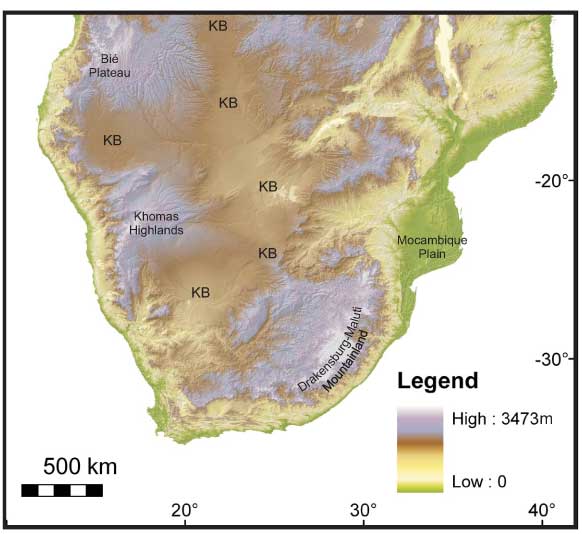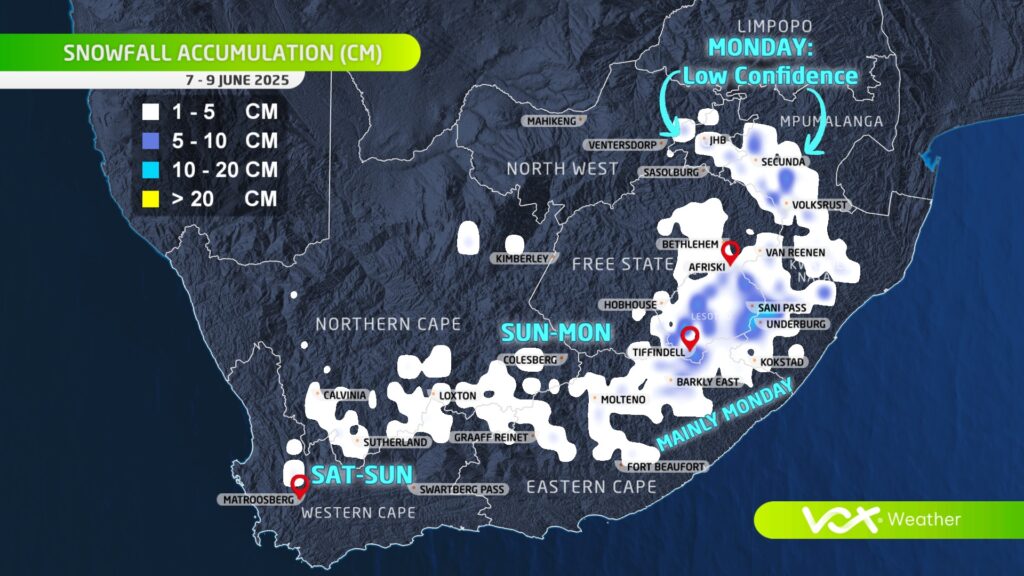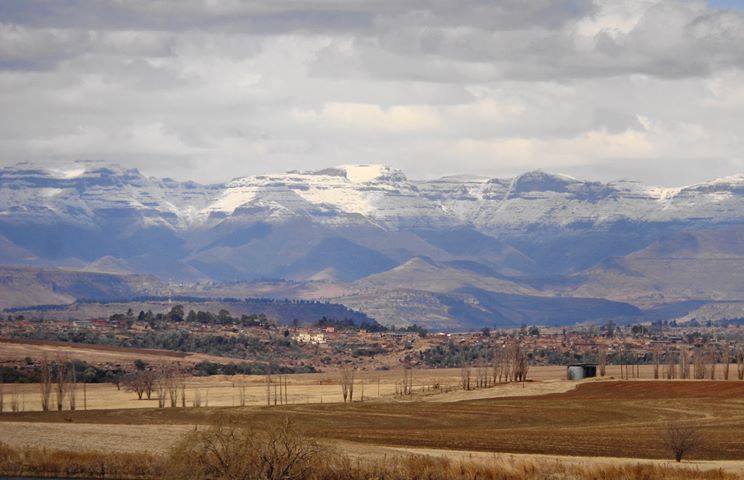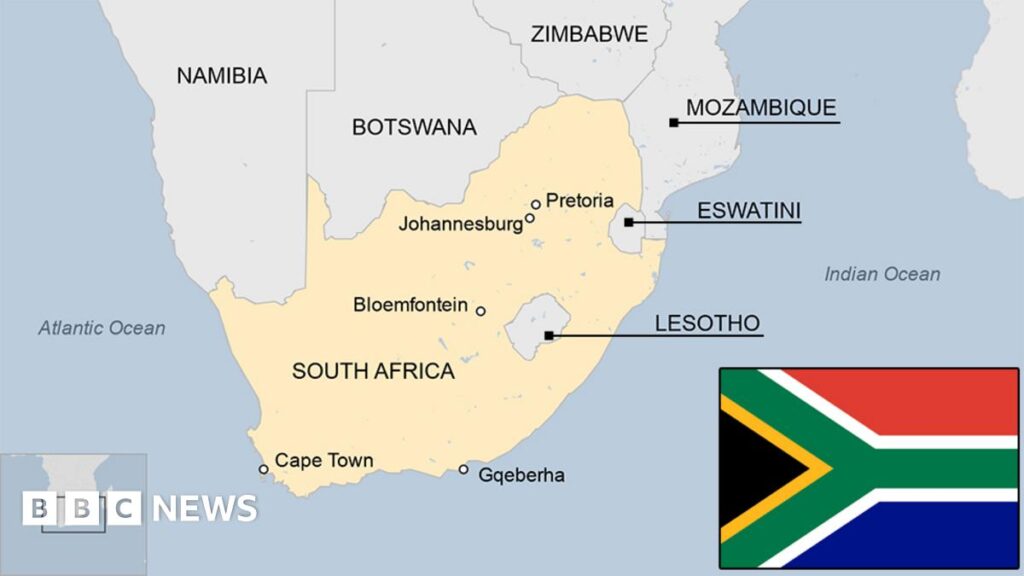How SA’s winter weather patterns compare to our neighbours
South Africa is one of the few countries in southern Africa that regularly has snow – in places – in winter.
Vox Weather Meteorologist Michelle du Plessis tells us more.

South Africa’s climatic diversity is largely due to its geographic position at the southernmost tip of Africa, where it’s influenced by both the warm Agulhas Current on the east coast and the cold Benguela Current on the west coast. Its varied topography – ranging from high plateaus to mountain ranges like the Drakensberg – creates conditions cold enough for snowfall in winter. Being the furthest south on the continent, South Africa is also directly affected by mid-latitude cyclones and cut-off low-pressure systems. When looking at our neighbouring countries, clear contrasts emerge in winter weather patterns.
(Image left courtesy Mantle Plumes; Image right courtesy Vox Weather)

Lesotho, though an independent country, is entirely landlocked within South Africa.
Its high elevation – most of the country lies above 1,800 metres – means it experiences regular snowfall in winter, particularly over the Maloti Mountains, much like surrounding high-lying areas of South Africa.
(Photo courtesy Snow Report SA / Marietjie Hayward)

Namibia and Botswana experience dry, sunny winters with cool nights and warm days, but their generally low elevation and arid conditions make snowfall virtually impossible.
In Namibia, bergwinds or “oosweer” often bring warm, dry weather and occasional sandstorms as strong north-easterly winds prevail after the passage of cold fronts. Although rare, light snowfall can occur in the far south of Namibia when a particularly strong cold front moves unusually far north.

Zimbabwe and Mozambique have subtropical to tropical climates. Their winters are dry and mild, with average temperatures rarely dropping low enough to produce frost, let alone snow.
Eswatini experiences slightly cooler conditions in winter, especially in its highland areas, but snowfall is extremely rare due to its lower elevation and more humid climate.
(Map image courtesy of BBC News)
These regional differences highlight how South Africa’s southern location, combined with its topographical range and oceanic influences, makes it uniquely positioned to experience a wide variety of winter weather, including rain and snow – conditions seldom seen in its neighbouring countries.
(Click here to find out how snow weather occurs.)

